
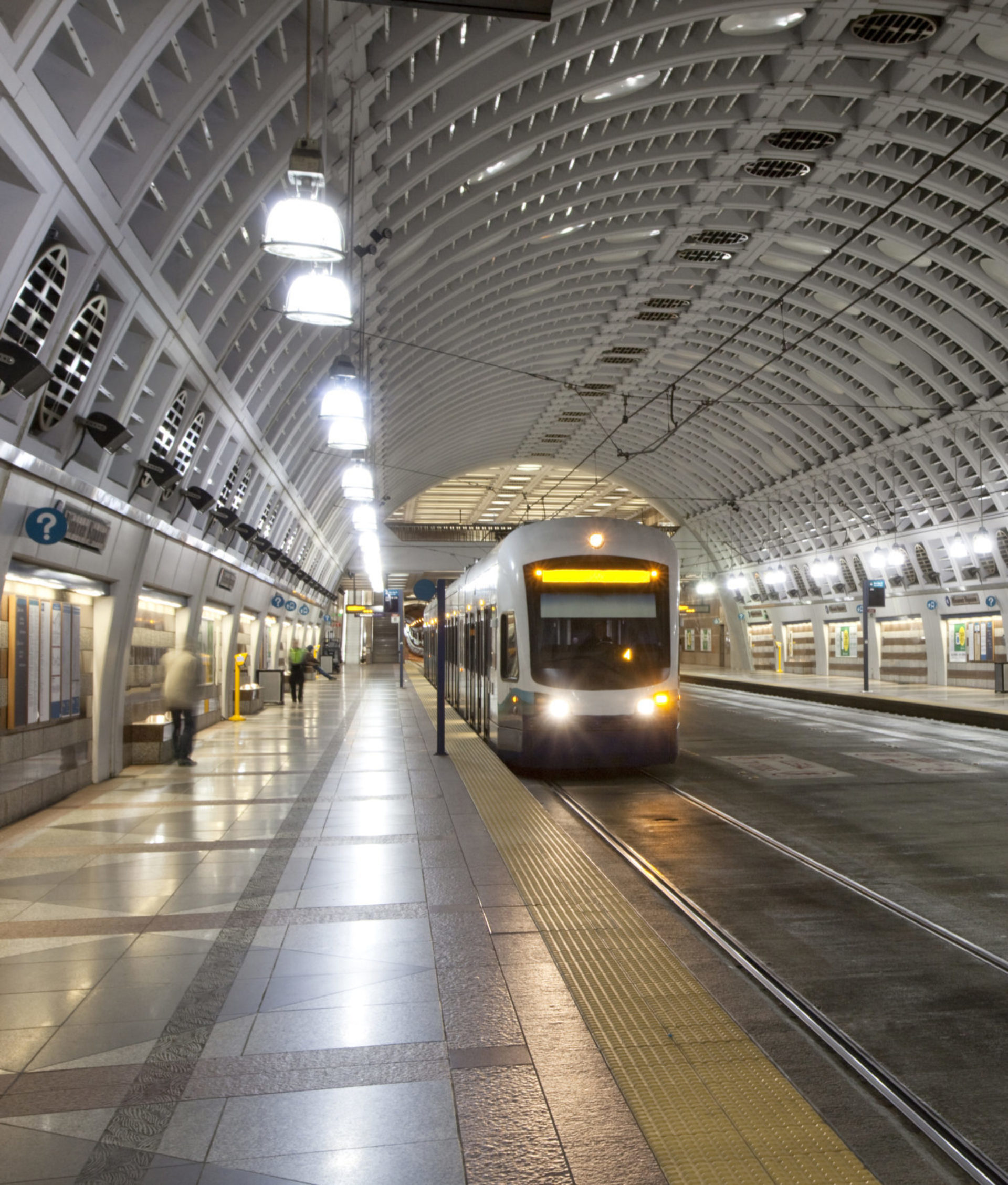
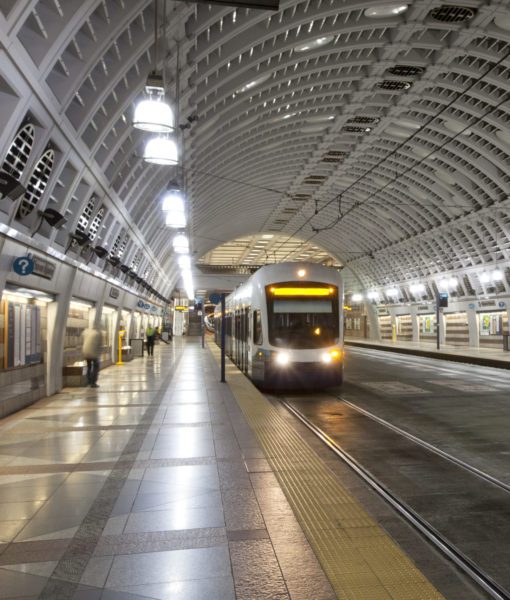
Work is approaching completion on the Central Puget Sound Regional Transit Authority’s (Sound Transit) $4 billion East Link Extension project. This approximately 14.5 mile light-rail line will enhance mobility in the greater Seattle area, making downtown Seattle, Sea-Tac Airport, the University of Washington, Microsoft’s bustling headquarters campus in Redmond, and other Seattle neighborhoods more accessible to residents and visitors. In addition to the railway, the project included ten new stations, high-occupancy vehicle lanes across the I-90 floating bridge, parking garages, pedestrian bridges, a tunnel, and other ancillary systems.
Hill International is serving as design-build project manager (DBPM) for the Extension’s E360 Segment. The $230 million E360 Segment extends along the shoulder of SR 520 from East Bellevue to the Redmond Microsoft campus and includes 1 mile of elevated rail and 0.8 mile of rail at grade. This DB project also features two light-rail platform stations, a pedestrian bridge, a 320-vehicle parking garage, and overhead catenary system (OCS) infrastructure.
As DBPM, Hill helped ensure the E360 project was executed in a way that meets Sound Transit’s and the Federal Transit Administration’s quality standards, safety requirements, budget, and schedule. To do so, Hill provided a full range of project management support, including contract document review, resident engineering, inspection, quality verification, contractor schedule review, change order management, cost estimating, document control, documentation of work completed, reporting, and environmental compliance. In addition, Hill coordinated among all project stakeholders, including Sound Transit, the Washington State Department of Transportation (WSDOT), City of Bellevue, City of Redmond, Microsoft, utility companies, other transit agencies, and the public to efficiently resolve issues. The Hill team is currently supporting punch-list and closeout work along the new guideway and in the new stations.
The Hill team used a variety of innovative technologies and management best practices to help deliver the E360 project. These contributions helped streamline work and kept stakeholders informed of project progress, resulting in cost and schedule efficiencies. Thanks in part to Hill’s efforts, the E360 Segment is on track to conclude in time for revenue service.
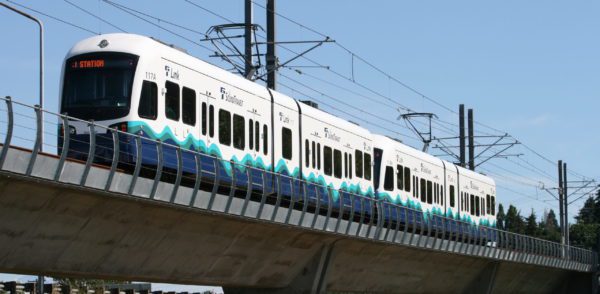
Innovations and Contributions
HeadLight
One important technological innovation introduced by Hill’s project management team is HeadLight. A visual-based inspection technology, HeadLight allows project teams to capture, share, and act on data from the job site in real-time, replacing traditional photography, file-sharing, and handwritten daily reports. “HeadLight also includes a lot of auxiliary features,” adds Hill Resident Engineer Chris Schuyler, CCM, DBIA. “We can add tags that flag certain stakeholders for reviews or just to help categorize the data. This speeds up our reporting and allows Sound Transit to make data-driven decisions faster.”
In addition to supporting administrative tasks, HeadLight has helped mitigate project risk. When a construction issue arises, HeadLight gives easy access to all the relevant data, allowing stakeholders to get up to speed on the issue and quickly begin developing solutions. The extensive project data created by HeadLight also helps reduce the risk of claims. After project closeout, HeadLight will continue providing value to Sound Transit. With a library of well-organized data and reports covering each project phase, HeadLight’s archives will provide valuable information for asset management, operations, and maintenance, and serve as a guide for Sound Transit’s future projects.
Safety
“One of Hill’s most important contributions to the project has been the safety culture we’ve helped develop,” says Regional Safety Manager Betty Wilson. Betty joined the project as Hill’s safety representative at the request of the client. Originally, she worked with Sound Transit’s safety professional, conducting site audits, checking in regularly with crews, and helping ensure the DB team was limiting risk and protecting employees. When Sound Transit’s professional was required for regional safety auditing, Betty stepped in as the lead safety professional on the project. She used her experience working with the DB contractor and the familiarity she had developed with Sound Transit’s requirements to cultivate a strong safety culture across the E360 project from the moment she came aboard.
“The contractors had a lot of good components to their safety program—dedicated hand-safety programing, an emphasis on hydration, things like that,” she explains. “We wanted to make sure we blended the DB team’s own approach to safety, Sound Transit’s requirements, and industry best practices to reduce risk.” Betty oversaw the process of bolstering the project team’s safety approach. She communicated requirements throughout the project organization, ensured weekly safety observations were catalogued and presented to stakeholders, and led safety presentations. Ultimately, her work helped create a culture of safety and accountability and drove positive safety performance.
Permitting
The Hill team helped realize several efficiencies in the project’s permitting process. Originally, the City of Redmond’s permitting process required about 16 months to execute a full permit checklist for each E360 station. Hill worked with Sound Transit and the City to modify their checklist and streamline the requirements, resulting in significant time savings. The modified checklist also improved the City’s engagement during the proposal process, facilitated regular meetings between stakeholders, and enforced a ten-day review period in addition to a three-day completeness check. The revamped checklists formalized permitting workflow, helped to prevent errors, and created better-defined roles and responsibilities for permit specialists on the project team.
Hill also identified gaps in the existing permitting procedure. “These gaps relate to the uniqueness of DB projects, not any oversight on the part of the City,” explains Schuyler. “DB projects are delivered incrementally, with multiple construction packages put together and started as design progresses. Without a system in place to properly allocate permit documents between the City and Sound Transit, we noticed incomplete reports and confusion about permitting.” To help alleviate confusion, Hill collaborated with the City and Sound Transit to customize the permitting process to better accommodate DB delivery. This new process included distributing the same permit drawings to both parties to mitigate risks and incorporating language for DB-specific situations, such as when City requirements overrule bridging documents. This process helped optimize workflow, clearly define responsibilities within the permitting process, and save time.

Coordination and Stakeholder Management
Given the sheer number of stakeholders involved in the project, Hill conducted intensive coordination throughout the entire project life cycle to help ensure work could move along efficiently and manage stakeholder interests. Some of these efforts included:
Project Management for Better Rail & Transit Projects
Hill’s work on the East Link Extension E360 Segment evidences just some of the benefits derived from project management services on complex rail and transit infrastructure projects. The Hill project management team can identify the right technology blend, leverage industry best practices, manage multiple stakeholders, and help realize efficiencies from project conception through completion. Additionally, the Hill team can help determine and implement the most appropriate delivery method for rail and transit projects. Even when our clients’ in-house staff lacks direct experience with alternative delivery methods, we can help customize their processes and procedures to drive successful delivery.

For more on Hill’s work with Sound Transit, please reach out to Senior Vice President, Western Region Manager Gregory Heinz at [email protected]. For more information about Hill’s global experience on rail and transit projects, please visit https://bit.ly/3PWaPkq.
Share

June 23, 2025 | Articles
Jeffrey Hurley Joins Hill’s Northern California Rail Practice

June 23, 2025 | Articles
Ready, Set, Grow: First VP Chad Koelling Takes Charge of Hill’s Mountain West Region
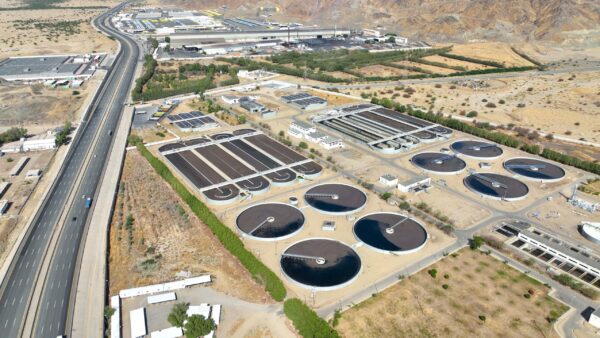
June 8, 2025 | Articles
PMO in Saudi Arabia: The Holistic Approach to Realizing a National Mega-Portfolio
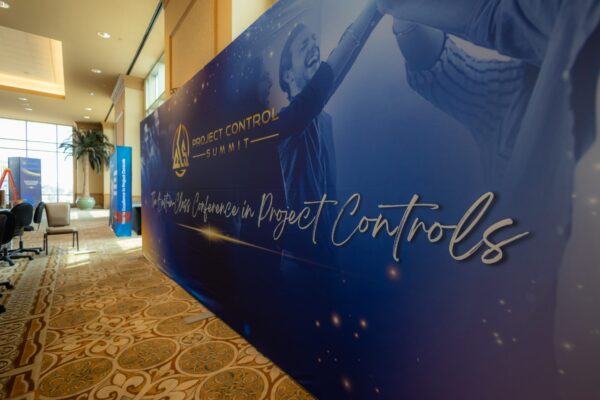
June 1, 2025 | Articles
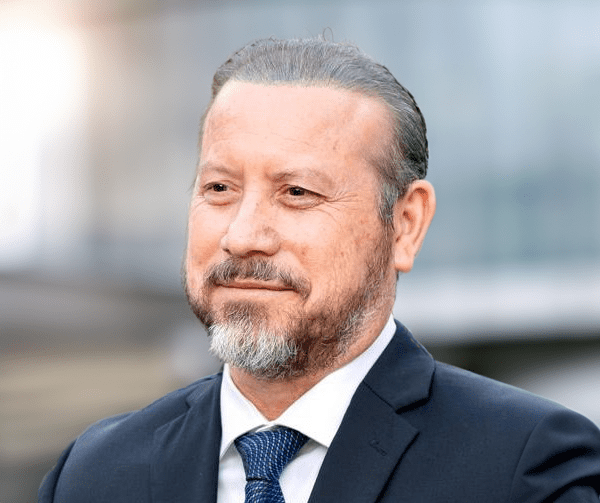
May 26, 2025 | Articles

May 12, 2025 | Articles
Keeping Your Water/Wastewater Programs Flowing with Public Relations

April 27, 2025 | Articles
Oiling the Machine: Steps to Successful Permitting on Infrastructure Megaprojects

April 20, 2025 | Articles
Sustainable Scaling: Solutions for Managing Risk on Europe’s Data Center Projects